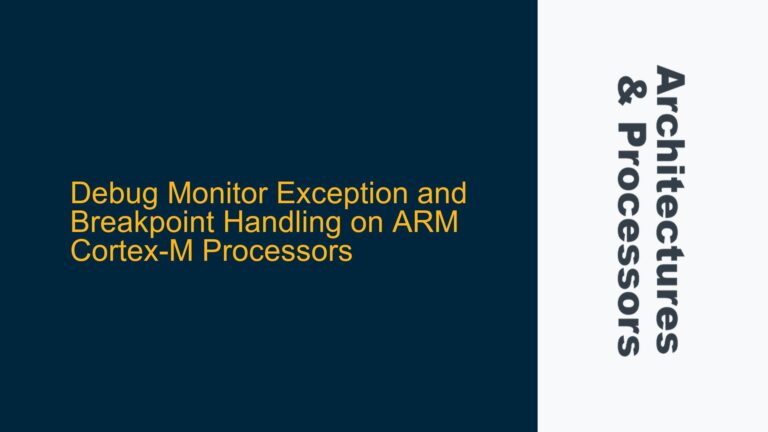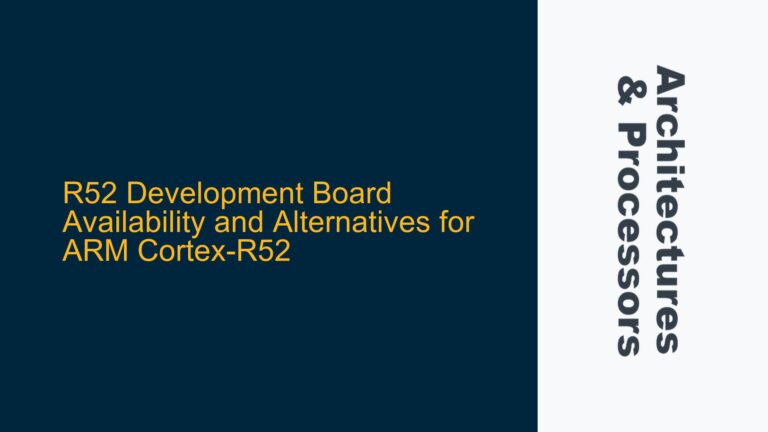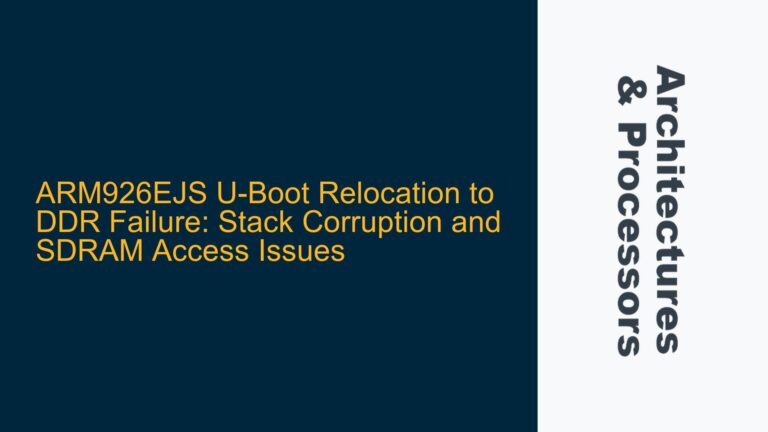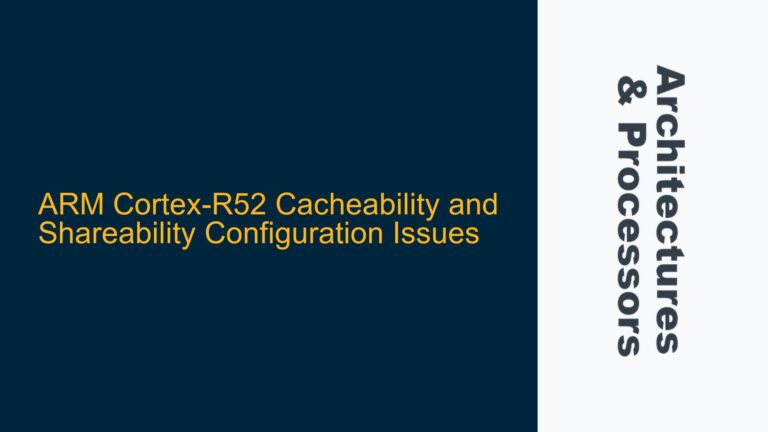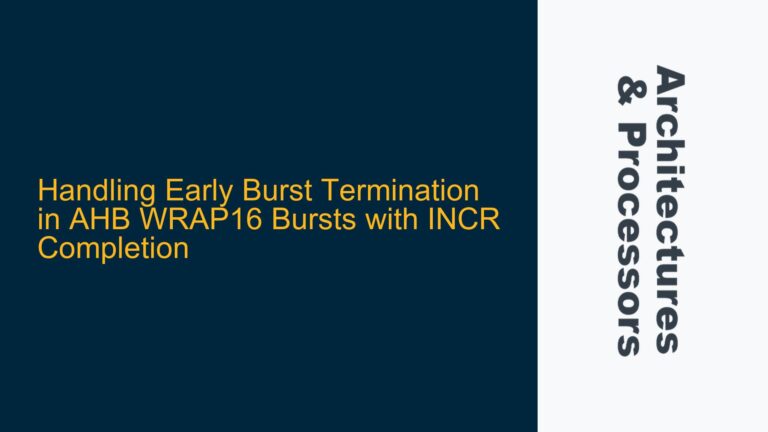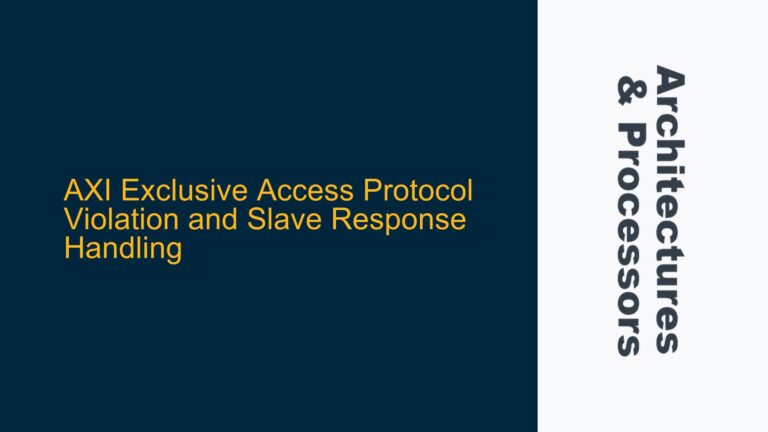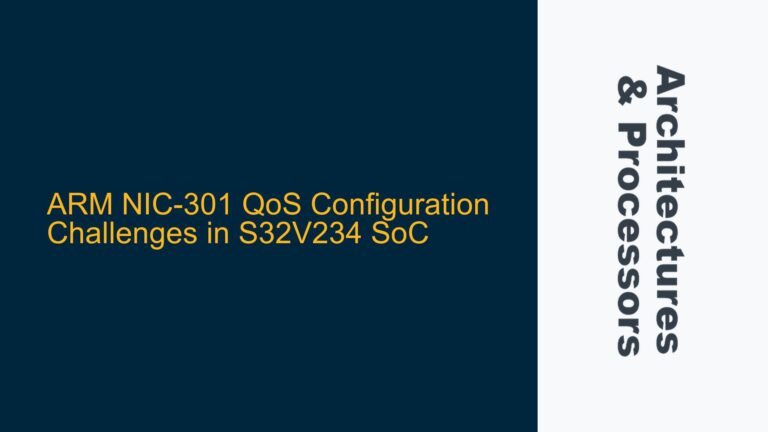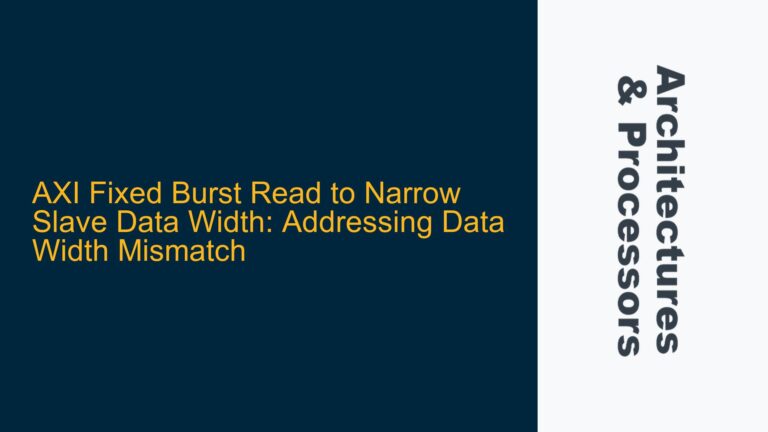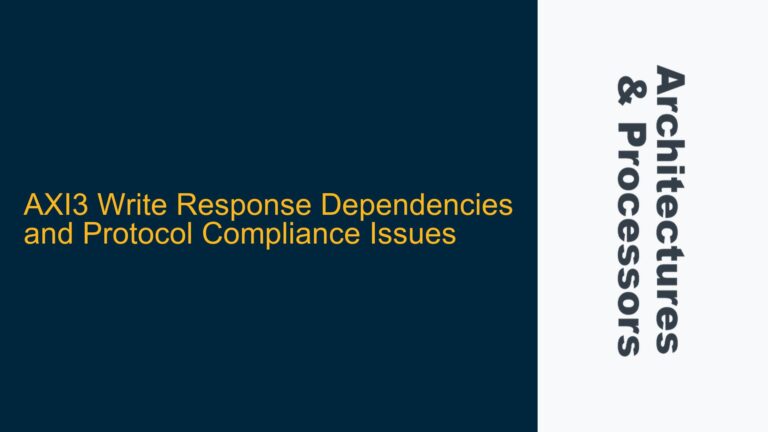Debug Monitor Exception and Breakpoint Handling on ARM Cortex-M Processors
Debug Monitor Exception for Breakpoint Handling on ARM Cortex-M The ARM Cortex-M series of processors, including the Cortex-M3 and Cortex-M7, provide a powerful mechanism for setting breakpoints directly from code without the need for an external debugger. This is achieved through the Debug Monitor Exception, which allows developers to programmatically set breakpoints and handle them…
